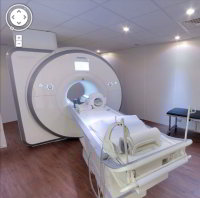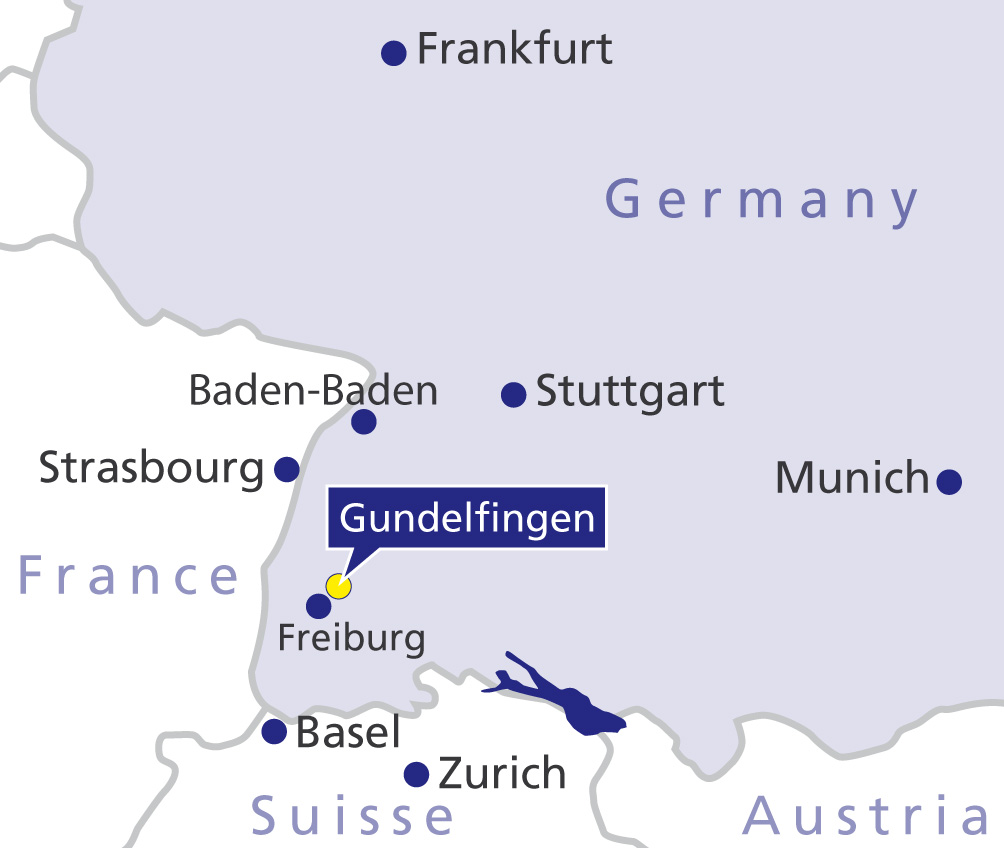Splay Foot
 The metatarsals are fanned out in splayfoot instead of pointing straight ahead. The footprint widens and the load on the forefoot changes. © Henrie / Fotolia
The metatarsals are fanned out in splayfoot instead of pointing straight ahead. The footprint widens and the load on the forefoot changes. © Henrie / Fotolia
With a splay foot, the transverse bulge of the forefoot disappears, causing, according to the degree of severity, the foot to be strained in places not used to pressure. The forefoot is broadened and the metatarsal bones splay fan-shaped. Often this is accompanied by a painful callused protrusion that is tender under pressure. Because of the pain, the normal rolling mechanism of the foot is disturbed and the patients instinctively malposition their foot causing the shoe to become crooked and bend outwardly.
What are splay feet?
Splay feet are the most common foot deformity. The transverse bulge of the foot disappears and the forefoot is broadened. As a result, certain parts of the foot do not carry weight anymore, which cause very painful and highly unsightly calluses and pressure sores to appear. Women are more commonly affected by splay feet than men.
What are the causes of splay feet?
Two of the main causes of splay feet are being overweight or wearing unsuitable footwear. In the case of extra weight, feet have to carry a load that is beyond their capacities, which may result in the condition of splay feet. As such, the disease often occurs in the second half of life, though even children can be affected. Although mostly caused by a congenital malposition, injuries, paralysis, weak ligaments and bone diseases may also be a cause.
What are the signs of splay feet?
Most commonly, pain in splay feet occurs when they are overstrained, in particular whilst walking or standing, and disappears when in a resting position. The flattening of the forefoot and the foot's falling arch often leads to bunions (hallux valgus), and at the same time the little toe starts to point inwards. This results in a malposition of the metatarso-phalangeal joints (claw foot, hammer toe,) and corns may form. Consequently, the second and the third metatarso-phalangeal bone have to carry a bigger load, and painful calluses occur on the sole of the foot. The patients concerned often have trouble finding appropriate shoes that offer enough space for their deformed feet.
What examinations are made?
The patient is interviewed and undergoes a physical examination which usually makes it possible to establish a diagnosis, as each splay foot exhibits the same typical corn and callus pattern. This pattern is due to the malposition of the toes and the forefoot. On the X-ray the divergent angles between the metatarso-phalangeal bones can be measured, which helps to estimate the degree of deviation.
What would the therapy entail?
A therapy is only necessary when the patient suffers from discomfort. Mostly, a lasting disimpaction of a sunken-in traverse cannot usually be achieved, but there several therapies to reduce the patients discomfort and to relieve the foot. The possible non-surgical therapies are:
- Foot gymnastics
- Relieving the pressure sores by wearing wide, comfortable shoes
- Splay foot inlays
- Contrast bathing
- Immobilisation, when irritated
- Anti-inflammatory painkillers
Metatarso-phalangeal bones and toe deformities may be corrected surgically (Claw foot, hammer toe, bunions).
There are a variety of surgical procedures suitable for the treatment of single toes, depending on the severity of the deformity and the discomfort experienced by the patient. The surgeon may treat bunions by realigning the joints through chevron osteotomy or by removing a wedge of bone (wedge osteotomy). The surgeon will study each case individually to decide what treatment is appropriate: Hohmann's operation, the Weil osteotomy or the Girdlestone operation.






